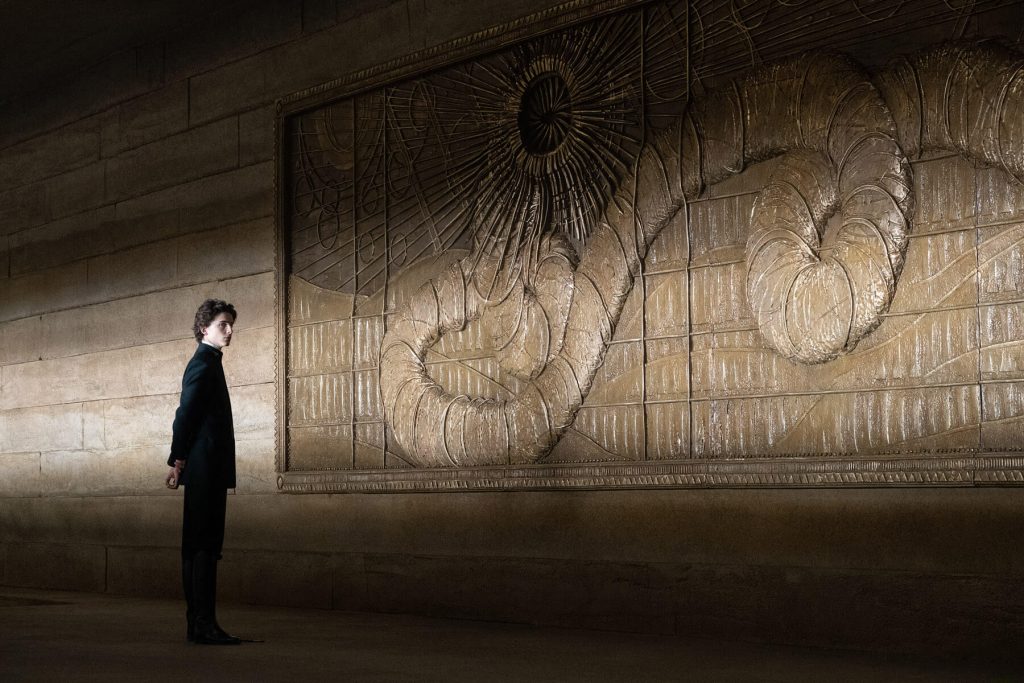
Dune, directed by Denis Villeneuve and worked on by production designer Patrice Vermette, the Oscar-winning cinematic adaptation of Frank Herbert’s 1965 novel, will be considered through a critical architectural analysis. The allegorical realm linked to philosophic and political notions takes place thousands of years away from now in a future empire. Investigating the themes of neo-feudalism, religion, colonialism, and Machiavellianism, the narration surpasses time and space. The imaginary future, centered on power and control, comprises ancient elements even though it occurs in an interstellar existence.
“Architecture is always a response to human needs; it is a message that you send and also a response to the elements.”
-Patrice Vermette
The spectators are being witnessed on a voyage, which is centered on Paul Atreides (Timotheé Chalamet) as a heroic male figure, on interstellar spatiality through planets that the voyage evokes a cinematic pleasure by the elements of architecture and nature, and accordingly, color and light selections creating a unique atmosphere.
The story takes place on Caladan, the planet where the main character, Paul Atreides, resides as his homeworld; on Arrakis, otherwise known as Dune, the desert home of a people known as the Fremen; on Giedi Prime, the home of the evil House of Harkonnen; and in the capital planet Kaitain.
The storyline starts in the House of Atreides, built into the mountainside. Its massing resembles a medieval fortress. Frank Lloyd Wright-like latticed circular windows that emit light and an old Chinese architecture-inspired interior arrangement are some of the most memorable features of the house. Decoration materials, including paintings, Persian rugs, bonsai trees, and wooden furniture, emphasize the house’s eclectic and royal character.
Then, the story is set in Arrakeen, a monumental palace where the buildings and the city are unified into a continuing single structure. In the absence of advanced technology, the system states its sublime presence with its temple-like structure, huge sheer concrete walls, windowless facades, and massive gates. Monolithic and cave-like, the interior arrangement, reliefs, and writings expose surfaces, and the concentric forms influenced by Carlo Scarpa add an embarking dimension to the monumentality of the palace.
“Whatever is fitted in any sort to excite the ideas of pain, and danger, that is to say, whatever is in any sort terrible, or is conversant about terrible objects, or operates in a manner analogous to terror, is a source of the sublime; that is, it is productive of the strongest emotion which the mind is capable of feeling.”
Edmund Burke
A solid political context, the intrigues, and the desire for power as a declaration of Herbert’s critique of people’s inclination to manipulate and take advantage of nature rather than preserve it are enhanced by the selection of architectural style. Majestic, frightening, and out of human scale, the Palace imposes its solidity on the vast land. Vermette states that through the sublimity of the city, the imperial people wanted to emphasize that they were rulers who had the power to control. Also, a catastrophic sense of terror is dramatized by the architecture of the Palace, which continues to display its magnificence without any damage despite all the battle and fire. In contrast, the people of the Atreides, who were ambushed, suffer from the tragedy and remain unprotected among the huge walls.
After the disastrous ambush, as part of his journey, Paul is dragged into the desert, depriving his senses and playing tricks on his mind. Dynamic stress is constantly triggered by the deadly challenges throughout the journey. From a philosophical perspective, composed within the imaginative mental projections of Paul, architecture transcends its materiality and folds along the narration on the uncountable vastness of the landscape of the desert. According to Karra Kennedy, the sandworms symbolize divine energy where the transcendence and the eternal are linked to spice.
To move on with the architecture of native people, the Fremens, a majestic building carved into the mountain, is observed as also out of human scale and reminds the ancient temples emerging out of the landscape. Architecture and nature unite in the spatial dimension, where Middle Eastern culture is one of the main components of design. It seems religion has become a powerful catalyst for the Fremen nation to build that magnificent and remarkable form.
In his book Frank Herbert’s Dune: A Critical Companion, Kennedy refers to The Prince, published in 1532, while explaining Machiavelli’s statement about how leaders could rule more effectively and advising that it was better to be feared than loved. It was justifiable to be unscrupulous or amoral at times.
The dystopian wasteland of Giedi Prime is ruled by Baron Vladimir Harkonnen, who dominates with cruelty and militarism. A cold and dark color palette is applied, and the home of the evil House of Harkonnen dictates its violence and immorality, which causes fear and shudder. Empowered by the architectural style, Harkonnen’s scenes display heavily industrialized and spiritless places.
On the contrary, Kaitain, the homeworld of House Corrino, comes across as a peaceful environment with a delicate elegance introduced in part two. Shot at the Brion Tomb designed by Scarpa, the scenes of the royal family have a poetic background along with the architectural elements arranged in spatial complexity. Pure and spiritual, the design includes influences from Christianity and Japanese architecture.





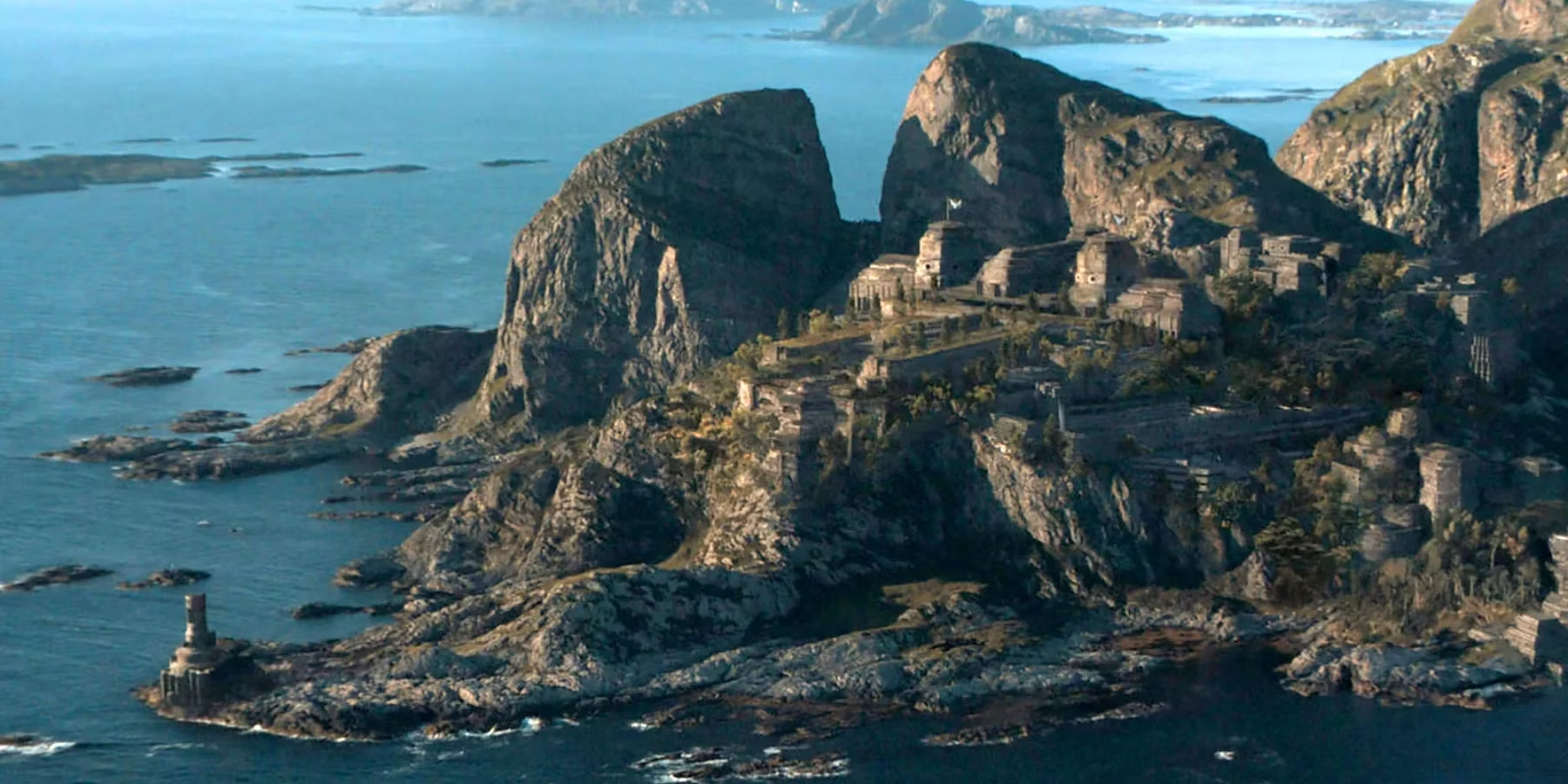

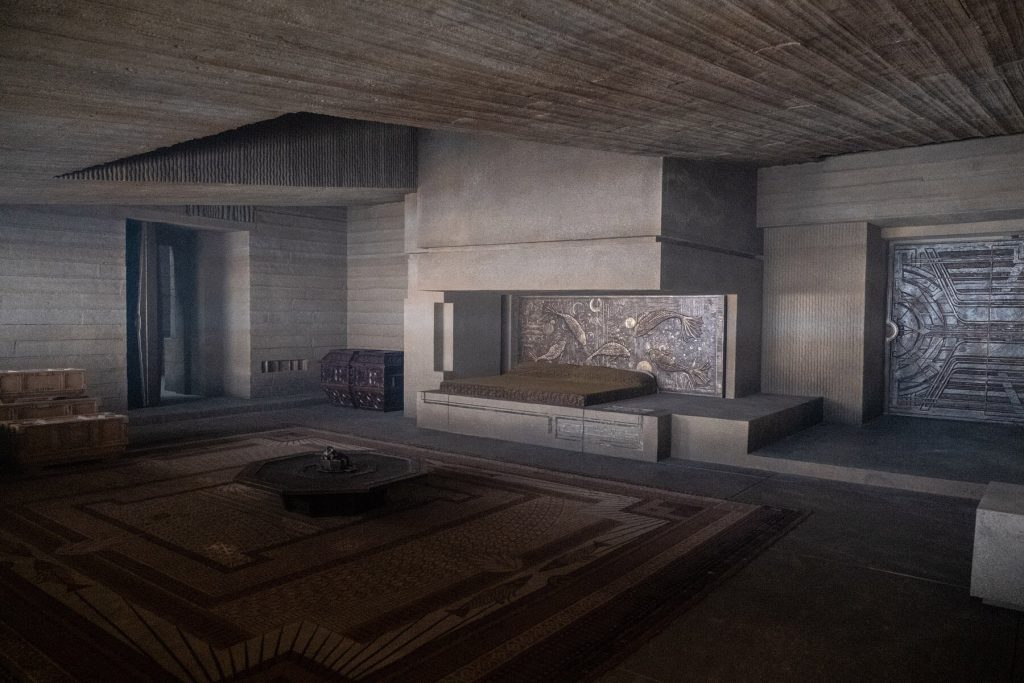
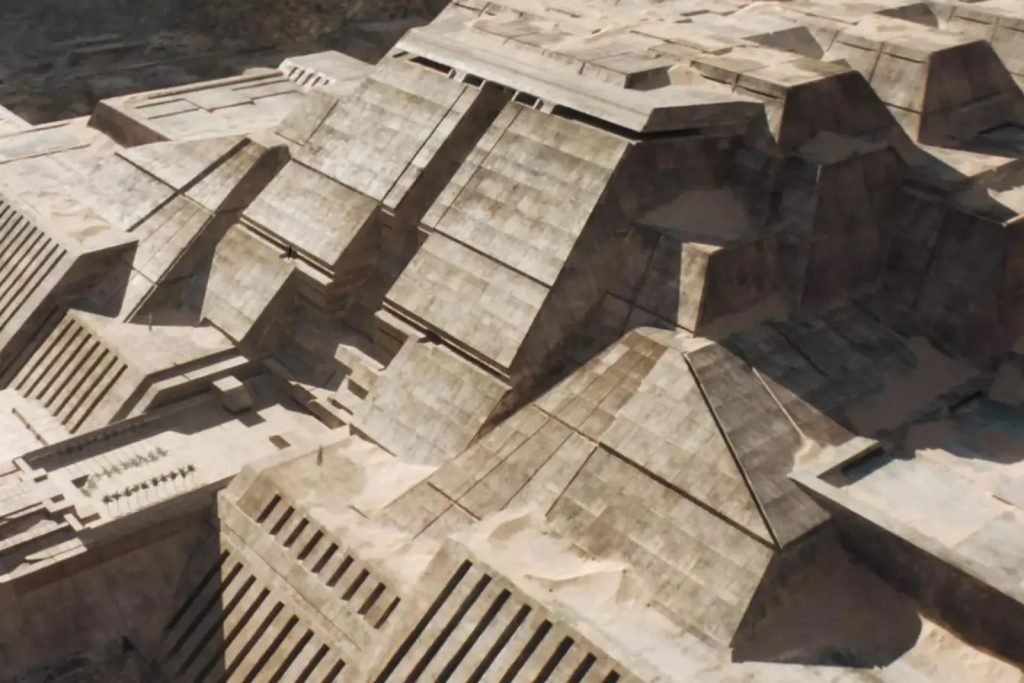
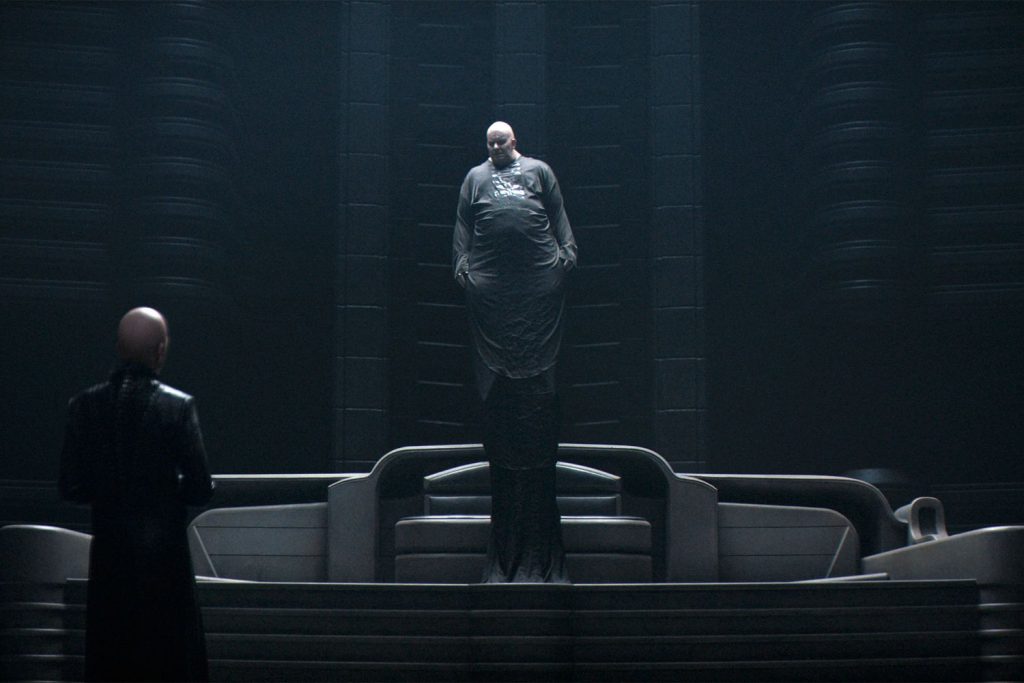
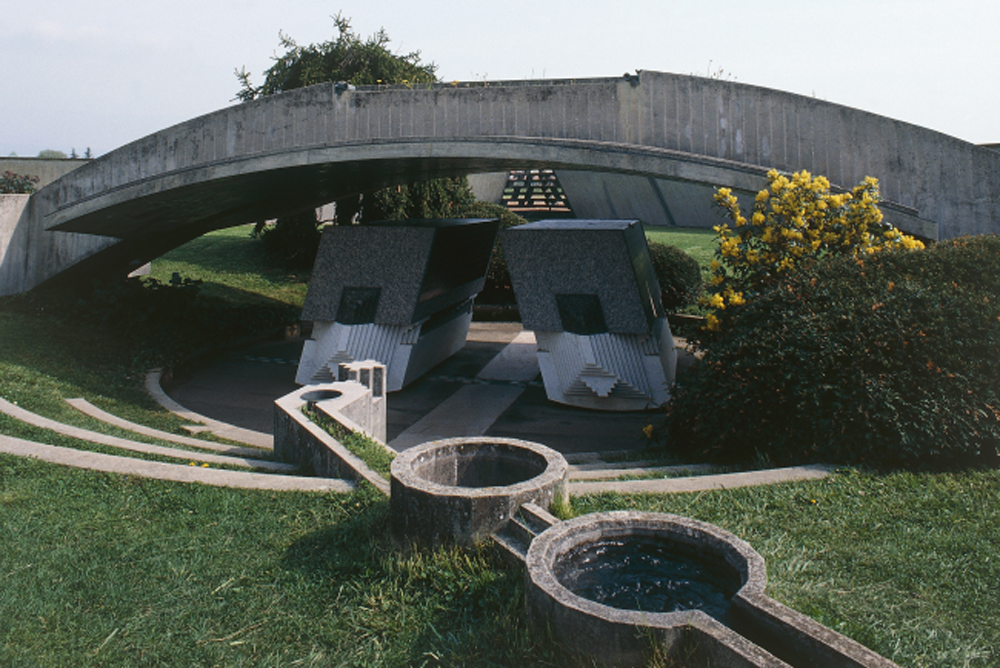




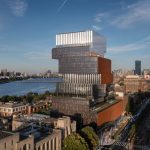








Leave a comment